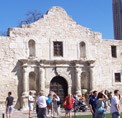
Mission San Antonio de Valero, The Alamo
San Antonio, Texas
Coordinates: 29.426031, -98.486153
#TravelSpanishMissions
Discover Our Shared Heritage
Spanish Colonial Missions of the Southwest Travel Itinerary
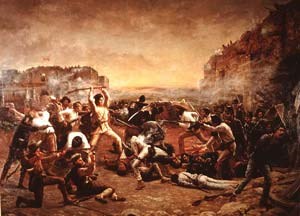
Robert Jenkins Onderdonk [Public domain], via Wikimedia Commons
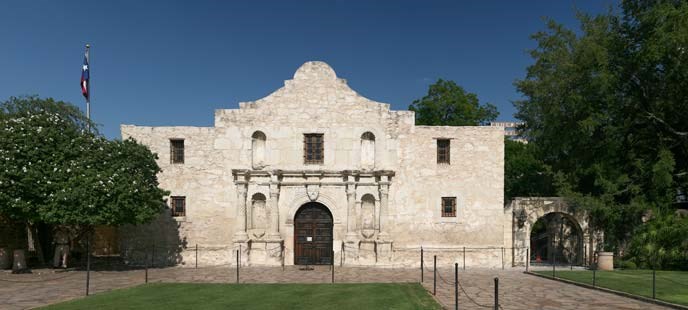
By Daniel Schwen (Own work) [CC BY-SA 4.0 (http://creativecommons.org/licenses/by-sa/4.0)], via Wikimedia Commons
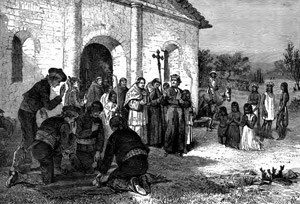
By William Ludwell Sheppard (1833-1912). Courtesy of Wikimedia Commons.
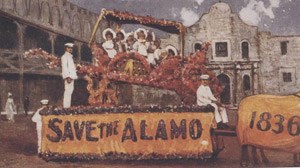
Courtesy of Wikimedia Commons.
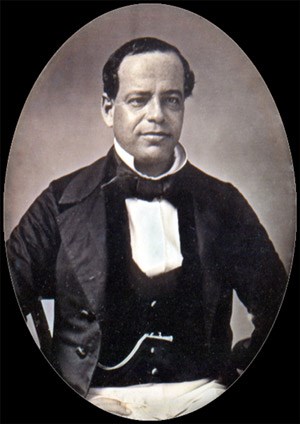
Photo by the Meade Bros[attrib.]. Courtesy of Southern Methodist University, Central University Libraries, DeGolyer Library
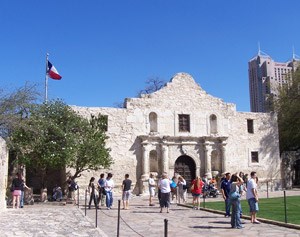
Photo by Bigroger27509. Courtesy of Wikimedia Commons.
Plan Your Visit
The Alamo, a National Historic Landmark, is located at 100 Alamo Plaza in downtown San Antonio, TX. Click here for the National Historic Landmark file: text and photos. It is open every day of the week from 9:00am to 5:30pm, except during June, July, and August when it is open until 7:00pm. The Alamo is closed Dec. 24-25. For more information visit The Alamo website or call 210-225-1391.
The Alamo and other San Antonio missions are the subjects of an online lesson plan, San Antonio Missions: Spanish Influence in Texas. The lesson plan has been produced by the National Park Service’s Teaching with Historic Places program, which offers a series of online classroom-ready lesson plans on registered historic places. To learn more, visit the Teaching with Historic Places home page. Mission San Antonio de Valero (The Alamo) has been documented by the National Park Service’s Historic American Buildings Survey. The Alamo is featured in the National Park Service South and West Texas Travel Itinerary and American Latino Heritage Travel Itinerary. The Alamo has been designated a UNESCO World Heritage Site.
Last updated: April 15, 2016
